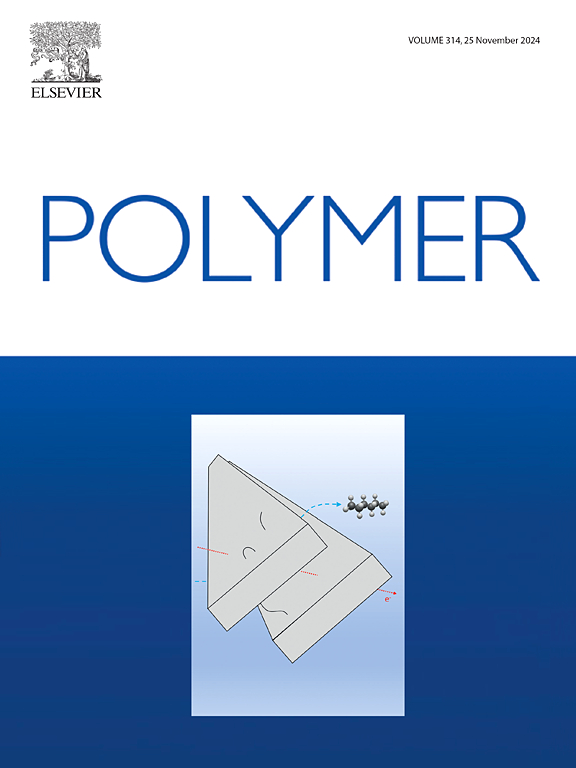Effects of additives and pre-heating temperature on interlayer shrinkage of polyamide-12 parts in Additive Manufacturing
IF 4.1
2区 化学
Q2 POLYMER SCIENCE
引用次数: 0
Abstract
Additive manufacturing (AM) processes, which require additives, fabricate polyamide-12 (PA12) parts. These additives can affect its physical appearance and mechanical properties in a single print job due to variations in thermal distribution. These properties are influenced by its crystallization behavior, which in turn is affected by the presence of additives of solvent due to low pre-heat temperature. From the Differential Scanning Calorimetry experiment, the remained DI-water affects the crystallization behavior of PA12. At low pre-heat temperature, the remained water vapor lowered the crystallization temperature and overall crystallinity of the PA12. The Thermomechanical Analysis results also suggested that samples with low pre-heat temperature exhibited higher shrinkage during the cooling process. Real-time optical images showed that the presence of additives reduced spherulite size and increased initiation rate. This investigation provided deeper insights into the influence of additives on the crystallization of PA12 for additive manufacturing.


求助全文
约1分钟内获得全文
求助全文
来源期刊

Polymer
化学-高分子科学
CiteScore
7.90
自引率
8.70%
发文量
959
审稿时长
32 days
期刊介绍:
Polymer is an interdisciplinary journal dedicated to publishing innovative and significant advances in Polymer Physics, Chemistry and Technology. We welcome submissions on polymer hybrids, nanocomposites, characterisation and self-assembly. Polymer also publishes work on the technological application of polymers in energy and optoelectronics.
The main scope is covered but not limited to the following core areas:
Polymer Materials
Nanocomposites and hybrid nanomaterials
Polymer blends, films, fibres, networks and porous materials
Physical Characterization
Characterisation, modelling and simulation* of molecular and materials properties in bulk, solution, and thin films
Polymer Engineering
Advanced multiscale processing methods
Polymer Synthesis, Modification and Self-assembly
Including designer polymer architectures, mechanisms and kinetics, and supramolecular polymerization
Technological Applications
Polymers for energy generation and storage
Polymer membranes for separation technology
Polymers for opto- and microelectronics.
 求助内容:
求助内容: 应助结果提醒方式:
应助结果提醒方式:


